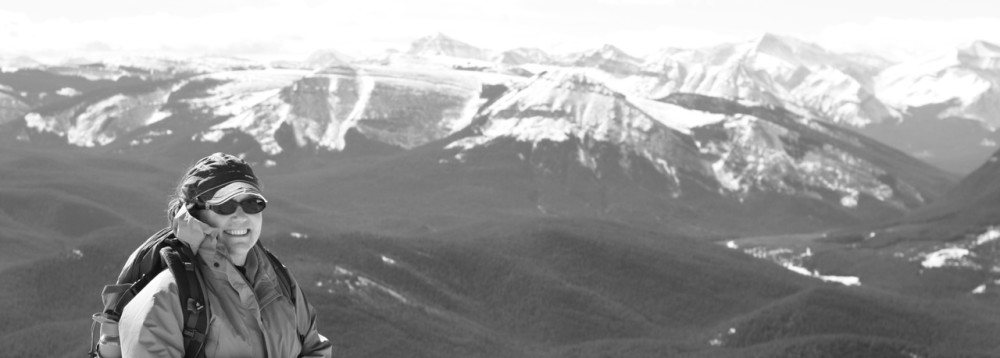Whether you think of it as rock art, stories on stone or shamanistic visions – carved and painted images from prehistoric times capture the imagination.
Dinosaur National Monument’s “Petroglyphs and Pictographs” brochure lists five viewing sites in the monument: Swelter Shelter, Cub Creek, Deluge Shelter, McKee Springs, and Pool Creek.
We ran out of time before making it to Deluge Shelter and McKee Springs (both north of the Green River), but enjoyed the sun-exposed and faded paintings of Swelter Shelter, the impressive collection of pecked rock images along Cub Creek and the unique petroglyphs found high on a sheer sandstone wall along Pool Creek.

Pecked into the pinkish-hued sandstone, these Freemont glyphs are different in style. (photo: M. Kopp
Within Dinosaur National Monument, the dot pattern designs are only found at Pool Creek. The lower section of the petroglyph above was created by chipping away sections of the rock. Is it a headdress? A necklace? An artist’s vision?
The petroglyphs and pictographs* found in the monument are attributed to the Freemont people. Archaeological evidence of the Freemont dates from around 200 A.D. to 1300 A.D. While the people are gone, their presence remains strong a thousand years later.
Hmmm… maybe it’s time to start writing on stone!
(* Petroglyphs are images pecked, carved or chipped into rock. Pictographs are images painted on rock.)







